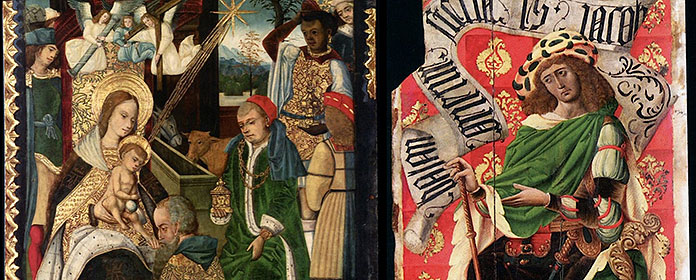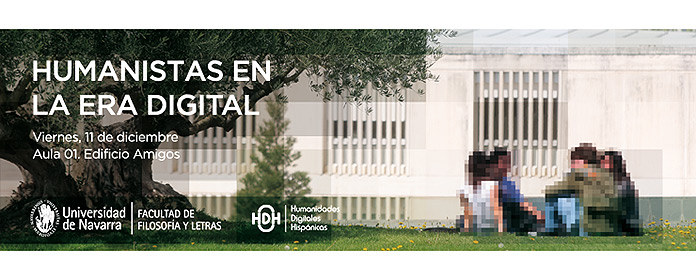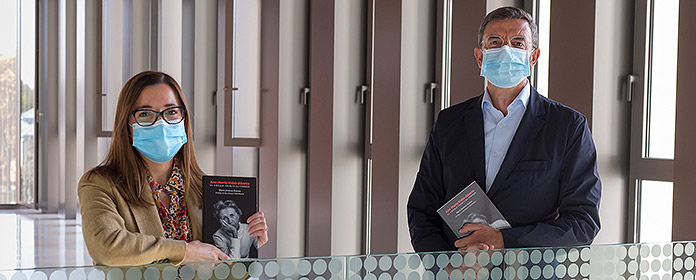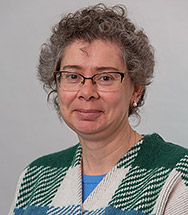El Greco, paradigm of genius
The head of department of Spanish Painting of the Renaissance and Early Naturalism of the Prado Museum, Leticia Ruiz, gave the third of the sessions
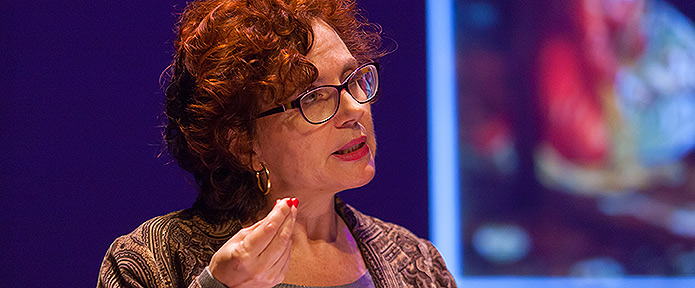
"El Greco is not an easy painter, he is controversial, and not everyone likes him, but that does not detract from the fact that his figure has long been associated with genius". With these words framed her session Leticia Ruiz, the Head of department of Spanish Painting of the Renaissance and Early Naturalism of the Prado Museum, who gave the third of the conferences of the second cycle of the Prado Museum at the University of Navarra.
The speaker wanted to point out how more than a century and a half ago the figure of El Greco rose among the artists of French Romanticism as the paradigm of genius: a character often misunderstood, outside the rule, and who did not submit to the conventions of the time. This painter, whose 400th anniversary of his death was celebrated in 2014, "imbued his work with a profound originality, outside the rule, with a unique personality".
Trained with Titian, El Greco always tried to measure himself against other artists but, at the same time, he drank from them. "El Greco suffered a process of self-absorption, which led him from the need to please, to submerging himself in his own way of being and seeing his painting". According to Ruiz, the artist would have wanted to be important at court, but was relegated to the Toledo school. "This gave him, without important commissions from the Archbishopric or the Cathedral, the freedom to be himself".
In the visibility of this artist, the year 1838 was an important milestone, since it marked the opening of the Spanish painting gallery at the Louvre in Paris, where nine of the painter's paintings were on display. El Greco's creation is the sum of an important formative heritage and his own invention. This formative heritage is a substantial part of the new look that he is going to bring". The spatial deconstruction, the figurative expressiveness with an elongation of the figures or the "disconcerting" expressiveness, were some of the characteristics of the artist highlighted by the speaker, as well as the rough chromatic combinations or the multifocal illumination.
"El Greco nurtured different currents that will see in him an artist more concerned with form than with substance, something that is very modern".
Between 1880 and 1920 his figure became a valid reference letter for most of the artistic avant-gardes that found in the artist convincing reasons to turn him into a symbol of freedom and subjectivity, a visionary ahead of his time.

